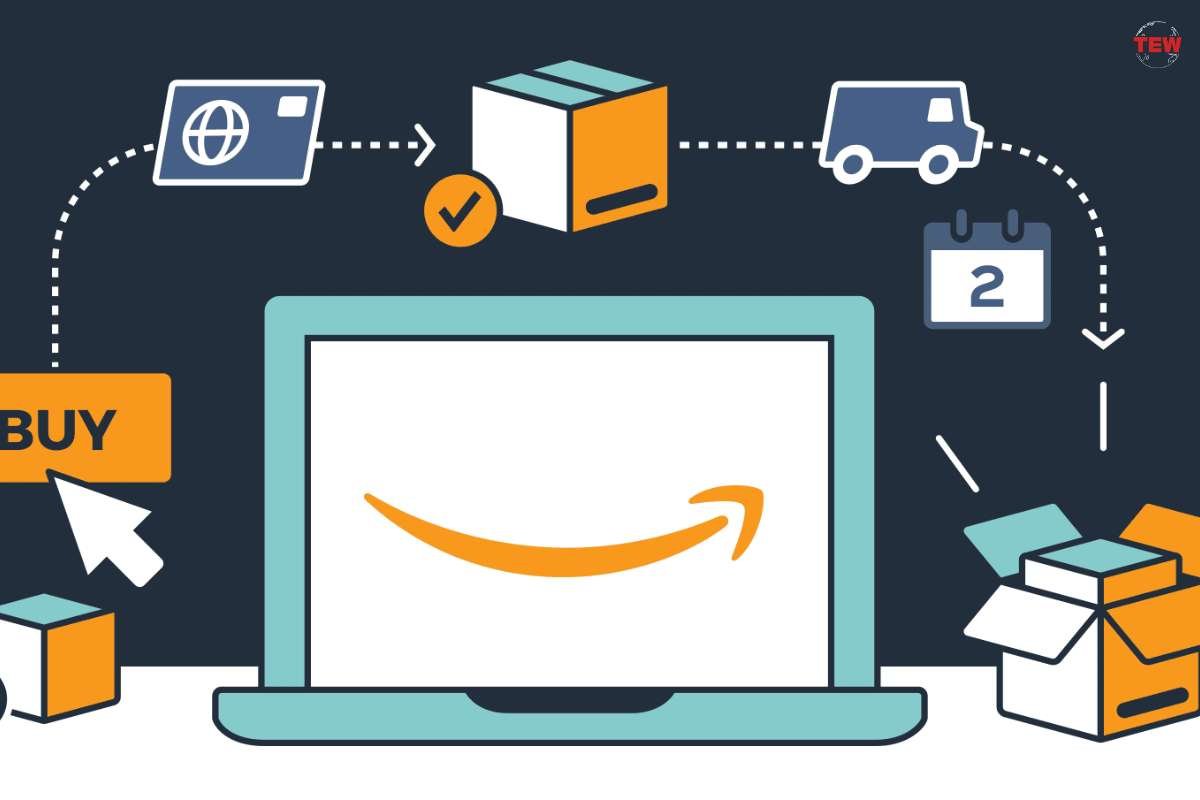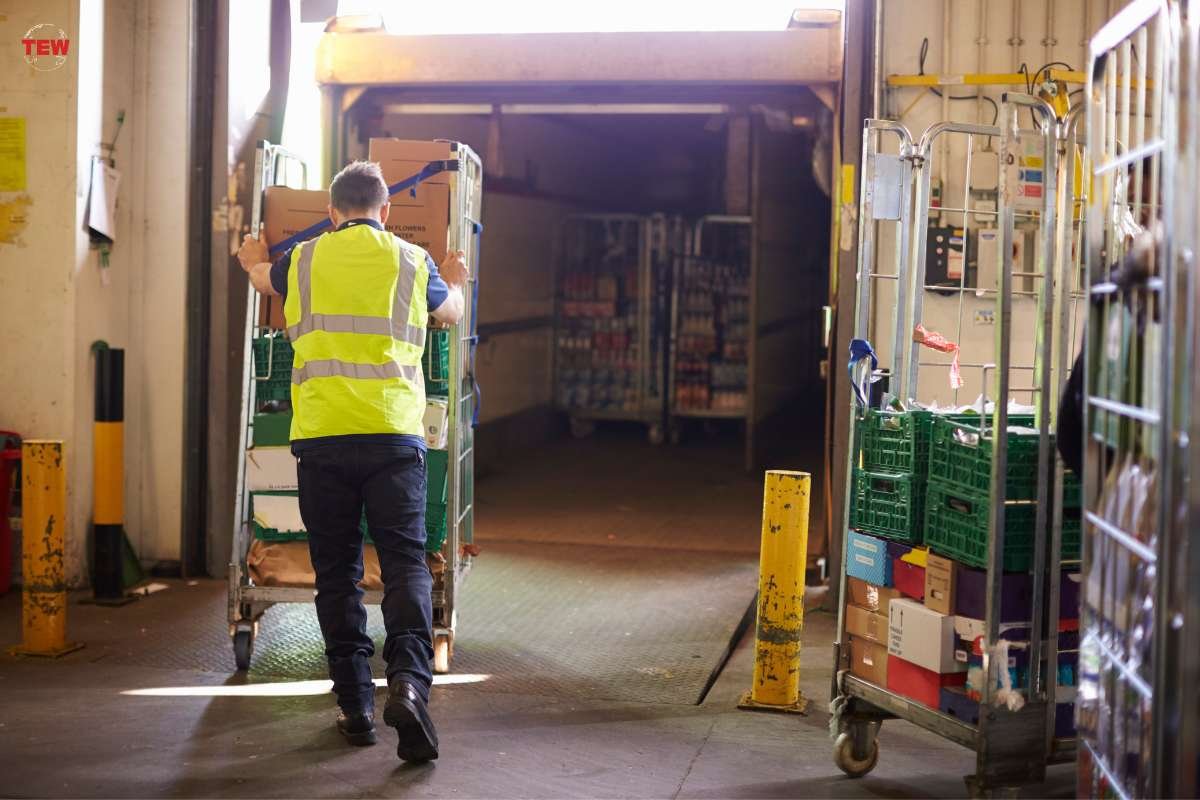Navigating the world of Amazon FBA (Fulfillment by Amazon) can be challenging, especially when it comes to choosing the right products for your business. One valuable and often-underutilized tool to help you determine your next bestseller is the Amazon FBA Calculator. This powerful resource can assist you in making sound decisions to optimize your profits and ensure that your investment in inventory pays off.
The Amazon FBA Calculator not only helps you estimate your potential profits by taking into account various costs and fees associated with selling on Amazon, but it also allows you to compare different products and their profit margins. By analyzing factors like pricing, fees, and expenses, you can identify the products with the highest potential for success in your FBA business. It’s essential to utilize this tool for decision-making and maximizing your profitability.
Incorporating the Amazon FBA Calculator into your product research strategy can give you a competitive edge. Familiarizing yourself with potential costs and fees can help you better plan your business venture. Additionally, the calculator can provide valuable insights into the ever-changing market dynamics, ensuring that you stay ahead of your competition by sourcing and selling profitable items.
Understanding the Amazon FBA Calculator

As you start your journey into the world of Amazon FBA, it’s important to grasp the basics of how it works. Amazon FBA, or Fulfillment by Amazon, is a service that allows sellers to store their products in Amazon’s fulfillment centers. When a customer places an order, Amazon takes care of the storage, packaging, shipping, and customer service aspects for you.
Choosing which products to sell and ensuring profitability, it’s crucial to understand the fees associated with using Amazon FBA. This is where the Amazon FBA calculator comes in. It’s a handy tool that helps you determine any product’s revenue, profit, and fees. To use the calculator, simply input the necessary data, such as the product’s selling price, dimensions, and weight. The calculator will then provide you with an estimation of Amazon fees and potential profit margins.
When using the FBA calculator, it’s essential to be as accurate as possible to get the most reliable results. Make sure to research and input the correct shipping fees, packaging costs, and other expenses that may affect your product’s profitability. Keep in mind that the calculator serves as a guide and estimated values. The actual fees and profits may vary depending on factors such as fluctuating shipping costs and marketplace changes.
Incorporating the Amazon FBA calculator into your product research will help you identify the best-selling items for your business. By understanding the fees, potential profit margins, and other variables at play, you can confidently choose products that will bring success to your FBA business.
Remember, staying informed and making data-driven decisions are key to achieving success in the competitive world of Amazon FBA. Keep using tools like the FBA calculator to optimize your strategy and grow your business.
1. Identifying Bestselling Items with FBA Calculator
1. FBA Calculator for Product Research and Analysis
Considering the estimated sales and cost price, you can decide on the best products to sell on Amazon. Using the FBA Calculator is essential for conducting product research and analysis. It helps you understand the costs involved in selling products and the potential profit margins you can achieve on Amazon.
To effectively perform product research and analysis, focus on the following steps:
- Identify potential product ideas – brainstorm a range of products relevant to your niche, considering market demand and competition.
- Gather data from Amazon – collect information on sales, price, competition, and customer reviews for these products.
- Calculate costs and profits – use the FBA Calculator to estimate the variable costs, such as FBA fees, storage fees, and product manufacturing, and then calculate the net profit and profit margin of each product idea.
2. Using the FBA Calculator to Analyze Profitability
A crucial aspect of the Amazon seller business is understanding how the FBA Calculator can help you analyze your revenue of different products. Here are some tips to guide you:
- Know your costs – assess the upfront costs (samples, cost of goods, shipping, photography) and variable costs (FBA fees, storage fees, returns, etc.) associated with the products you are evaluating.
- Compare profit margins – use the FBA Calculator to estimate each product’s net profit and profit margin, comparing them to identify the most lucrative options.
- Take into account e-commerce trends – keep an eye on trends, seasonal factors, and market shifts, which may impact the performance of your products.
3. Utilizing Effective Marketing Strategies

Once you have used the FBA Calculator to identify the bestselling items, invest in effective marketing strategies to boost your product sales:
- Optimize your product listings – create compelling titles, persuasive bullet points, and detailed descriptions to attract customers.
- Leverage Amazon SEO – utilize the right keywords in your listing to improve your search ranking and increase visibility on Amazon’s search results pages.
- Utilize social media and content marketing – promote your products on social media platforms, create engaging content, and collaborate with influencers to build brand awareness and drive traffic to your Amazon store.
By carefully combining product research, profitability analysis, and marketing strategies, you can identify and launch bestselling items for your FBA business and achieve greater success on Amazon.
2. Analyzing Amazon FBA Costs and Fees
When you’re using the Amazon FBA Calculator for your business, it’s essential to understand the various costs associated with the Fulfillment by Amazon (FBA) program. This section will focus on Storage, Fulfillment, Shipping Costs, and Referral and Variable Closing Fees.
1. Storage, Fulfillment, and Shipping Costs
Storage Costs – Amazon charges a fee for storing your inventory in its fulfillment centers. These fees are based on your products’ volume (cubic feet) and can vary depending on the time of year (higher during peak seasons). Be aware of Amazon’s long-term storage fees for items over 365 days, as they may impact your profitability.
Fulfillment Fees – Fulfillment fees are charged per unit and cover the cost of picking, packing, and shipping your orders. These fees are calculated based on the size and weight of your items, with Amazon’s fee schedule providing an overview of specific costs. Consider using efficient packaging materials to minimize these fees and optimize your products’ dimensions.
Shipping Costs – Calculating shipping costs accurately is crucial when using the Amazon FBA Calculator. Remember to include fees for both inbound shipping (sending your products to Amazon’s fulfillment centers) and outbound shipping (delivering your products to the customers). Be prepared to adjust your shipping costs based on factors such as destination, carrier, and package weight.
2. Referral and Variable Closing Fees
Referral Fees – When selling on Amazon, you’ll be charged a referral fee for each item sold. This fee is a percentage of your product’s selling price (usually around 15%) and varies by category. Referral fees are Amazon’s commission for providing you with the platform to sell your products. Keep these fees in mind when calculating your potential profits.
Variable Closing Fees – Some product categories, such as media items (books, DVDs, music, etc.), are subject to variable closing fees. This additional fee is charged per item and is separate from the referral fee. Be sure to factor in these costs when evaluating your FBA business’ profitability.
Understanding and monitoring your Amazon FBA costs and fees is crucial for the success of your business. By thoroughly analyzing these expenses and using the Amazon FBA Calculator effectively, you can better identify bestselling items and optimize your business strategy.
3. Shipping Products to Amazon and Working with Suppliers

When running an Amazon FBA business, it’s essential to understand how to effectively work with suppliers and remotely manage the logistics of shipping your products to Amazon fulfillment centers. This section will cover the key aspects to consider, including coordinating with suppliers and manufacturers and evaluating shipping costs and timeframes.
1. Coordinating with Suppliers and Manufacturers
Building a strong working relationship with your suppliers and manufacturers is crucial, as it will help ensure that your products are produced and delivered efficiently. When sourcing products, platforms like Alibaba can be helpful for finding reputable suppliers.
Communication is key: provide clear specifications for your products and packaging, and confirm delivery timelines. Make sure to ask for samples before placing large orders to verify the product quality. Keep track of your inventory levels, and when necessary, reorder in a timely manner to avoid stockouts at Amazon fulfillment centers.
2. Considering Shipping Costs and Timeframes
Shipping costs and timeframes are critical factors when planning your Amazon FBA strategy, as they can directly impact your profitability. Use the Amazon FBA Calculator to estimate your shipping costs and potential profit margins. Input variables include price, shipping, average inventory, and other relevant fees. Incorporating tools like Helium 10 in your workflow will enable you to monitor and adjust your shipping plans accordingly.
While choosing shipping options, consider factors like delivery timelines, reliability, and cost. Faster shipping methods may attract higher costs, so it’s essential to balance the need for quick delivery with profitable margins. It’s also crucial to ensure that you comply with Amazon’s packaging and labeling requirements, as failure to do so may result in additional fees or delays.
By effectively working with suppliers and considering the factors involved in shipping, you can optimize your FBA business, minimize costs, and improve customer satisfaction.




